Do I need to come into the office? Can I just work from home? The Covid-19 pandemic has caused much churn in the way global business is conducted. This may have lasting impacts on many aspects of life including face-to-face interactions, increase in telecommunication hardware, and possible collapse of commercial real-estate. Corporate leaders and HR professionals have adapted largely by transitioning their workforce into remote positions.
This new reality means that new team members will likely be onboarded entirely remotely. The transition to effectively utilize electronic resources will increasingly determine the success of the onboarding process.
Provide continual support with flexibility
The onboarding process (though typically lengthy) should have flexibility, giving the new employee time to get to know the company culture, products, and procedures. The first few weeks are the most critical to set up an employee for success. The HR team should set up a conference call video to introduce them to the team, a welcome pack with company information, knowledge about the role, and a welcome letter specifically tailored to them. The overall length of the remote onboarding will depend on the person’s role in the company, but typically somewhat frequent, yet concise video meetings during this time will help ensure that the new hire feels connected to the company.
Invest in engaging platforms with IT collaboration
If your company is providing any equipment such as laptop, phone, or office equipment for the remote employee, make sure the equipment is installed and functioning prior to their first day. HR and IT within the company work together to evaluate how they can leverage the use of email, webcam, and internal platforms to make crucial information easily accessible. Most commonly new hires cite frustration with either the technology set up or the lack of resources in general.
Implement sophisticated tools with apps that provide the key details the employee needs to know in order to be successful in their jobs. These apps and tools can allow them to connect with trainers who can answer their questions in real time.
A prearranged onboarding plan, a task calendar, and video conferencing capabilities can help streamline the online learning process for the new hires. Video conferencing software such as Zoom or Syntela or training applications such as Lessonly can be used in combination to save and record your training materials for consistent and organized application for new hires.
Continual support with one on one video session will be needed to confirm that the training sessions are effective and integrate the new hire into the team.
Promote team engagement
New employees interact primarily with the onboarding leader or trainer and it can be difficult to bring other team members away from their daily tasks to meet the employee. Onboarding from a distance only exacerbates these challenges as it’s even harder for remote employees to create meaningful relationships with their peers and manager without face to face contact. Video conferencing such as Syntela or Zoom are logical solutions to this problem. Use these platforms to schedule weekly calls and fun cultural activities that involve the whole team.
Foster a safe and transparent environment
Typically a meeting with the executive leadership team and CEO are included in the onboarding process. During the uncertain times of COVID-19, these conversations are more important than ever and complete transparency is crucial to make the new employee feel comfortable and confident in their new workplace and team.nd team.






